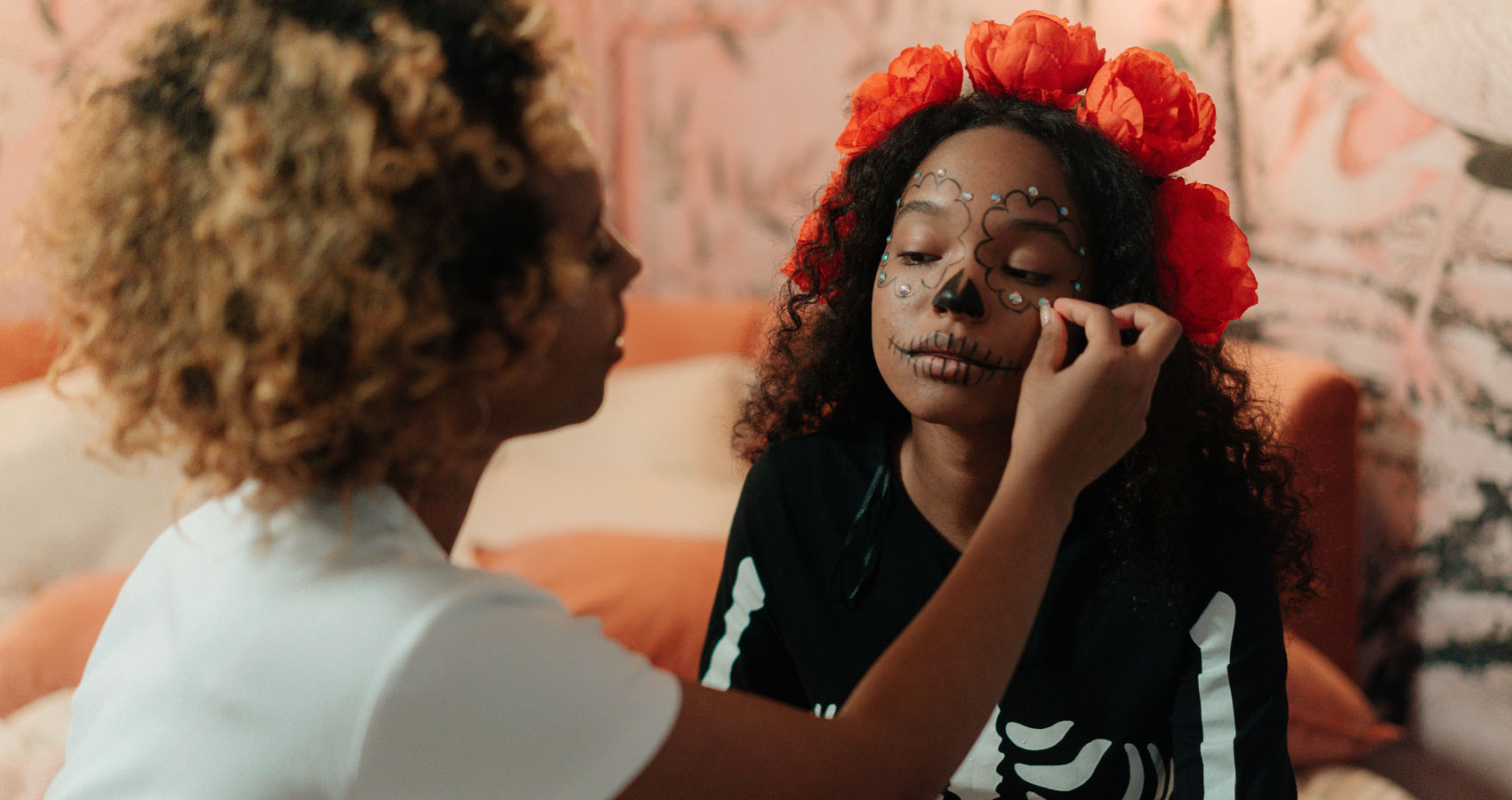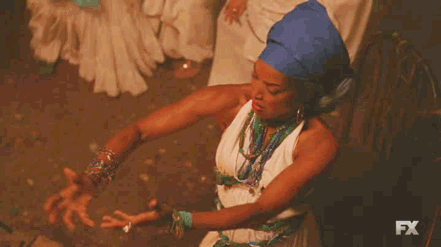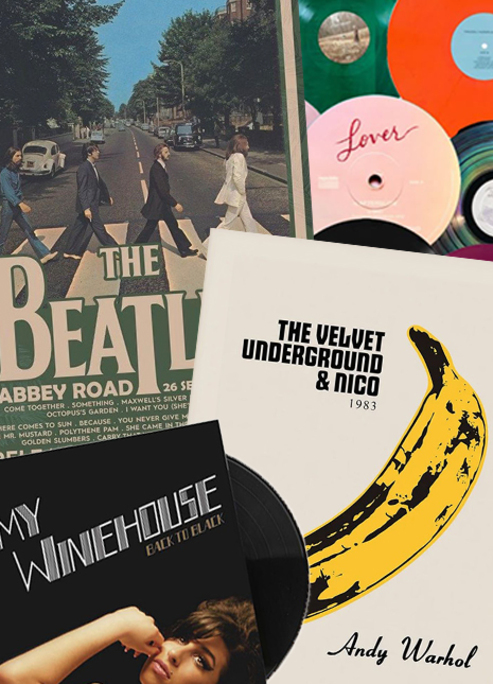
Mama Lola: An Ethnographic Study Exploring the Themes of Family, Religious Practices, and Social Change
A fascinating ethnographic study.
In Mama Lola, author Karen McCarthy Brown creates a portrait of Vodou that explores the importance of women's religious practices in society. Brown weaves multiple voices into the story to explore the themes of family, spiritual traditions, and social change. The story of Mama Lola is a fascinating ethnographic study that experiments with the genre of ethnography as a social art.
Mama Lola
The University of California Press published the novel, Mama Lola in 1991. It was an ethnographic spiritual biography of an impoverished Haitian woman who came to the United States and became a Vodou priestess. While the novel does not follow a conventional chronology, it is filled with fascinating details about her early life and upbringing. In addition to describing her upbringing, the book also describes her life as a Vodou priestess.
The book's author, Karen McCarthy Brown, describes Mama Lola as a pioneering priestess of Vodou who lives in Brooklyn and performs Vodou rituals. So, the reader explores the role of Vodou in Mama Lola's life, as well as the place and significance of women's religious practices. Brown uses multiple voices in the book to explore the complex lives of her subject as an essay writer. In addition, she presents herself as a character in Mama Lola's world, allowing her to experiment with ethnography.

Vodou
Mama Lola is one of the most influential women in Vodou. In her enchanting stories, she brings religion to life. She is a priestess who lives by Vodou principles. Vodou is a religion that promotes healing. It's about healing broken relationships and is especially significant to the Mama Lola family. In addition, the spirits of the Vodou religion are an essential part of Mama Lola's life.
Mama Lola was a pioneering priestess of Vodou and lived in Brooklyn. She practices traditional healing and conducts Haitian Vodou rites. After her ethnographic study, Mama Lola became a well-known figure, and her stories have become part of popular culture. In her essay writing service, Karen McCarthy Brown describes the life of Mama Lola as a complex woman. Her work shows that she had the requisite experience and knowledge to portray her as an engaging and multi-dimensional woman.
Her family
In her new novel, Mama Lola, Carolyn Brown takes a literary and anthropological approach to the subject of Voodoo. She recreates the biography of Mama Lola's family and the Voodoo lineage that runs through her family. She introduces the six laws, the spirits of Voodoo, and shows how these spirits play a role in Mama Lola's and her family's lives.
Mama Lola is a cultural portrait of Vodou, Haiti's ancient religious practice. It offers a glimpse into the lives of Vodou priestesses and their faithful families. It is a book that has shaped Haitian religion and is still used in studies of Haitian culture and religion. It also won the 1992 Victor Turner Prize in ethnographic writing from the American Anthropological Association. However, it was not without its critics. One of the most prominent Haitian anthropologists, Michel-Rolph Trouillot, questioned the book's ethnographic authority and totalizing narrative. He argued that readers unfamiliar with Haiti's religious practices would be unable to evaluate Brown's global assertions.

Her religion
Karen McCarthy Brown's Mama Lola's Religion is a novel that defies conventional perceptions of Vodou and offers a compelling portrait of this African-based religion. Brown explores women's religious practices, family dynamics, and social change through a multi-voiced account. While the book focuses primarily on the family dynamic, Brown also explores the dynamic nature of Voodoo as it relates to the immigrant experience in Brooklyn.
The story begins with the arrival of Mama Lola's mother, Philomene. The mother fell into a trance state, during which the law Papa Ogou instructed Mama Lola to undertake the highest initiation level possible. The young Mama Lola then made her first steps toward becoming a man, promising to raise enough money to complete the process.
Her relationship with Karen McCarthy Brown
This novel, about Mama Lola, is an ethnography with a human element. Though the subject matter is rooted in Haitian culture, it is also rooted in the relationship between two people: the author and the subject. Brown's work aims to provide a human context to the study of Voodoo. While examining a typical Haitian family, the book also explores the dynamic nature of Voodoo, which must adapt to the experiences of immigrants in Brooklyn.
Mama Lola and Karen McCarthy Brown met in the late seventies, and their relationship developed over several years. During this time, Karen was immersed in the world of Haitian Vodou. She married two Vodou spirits, underwent the initiation rituals of a priestess, and became part of an extended Vodou family. As a result, she learned about the 'why' of Vodou.











